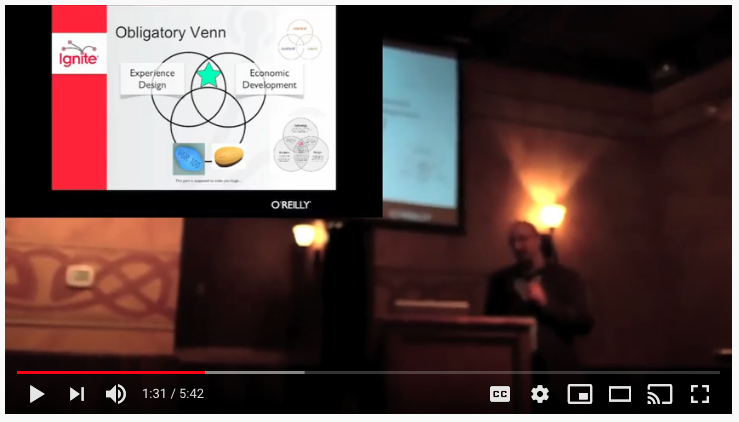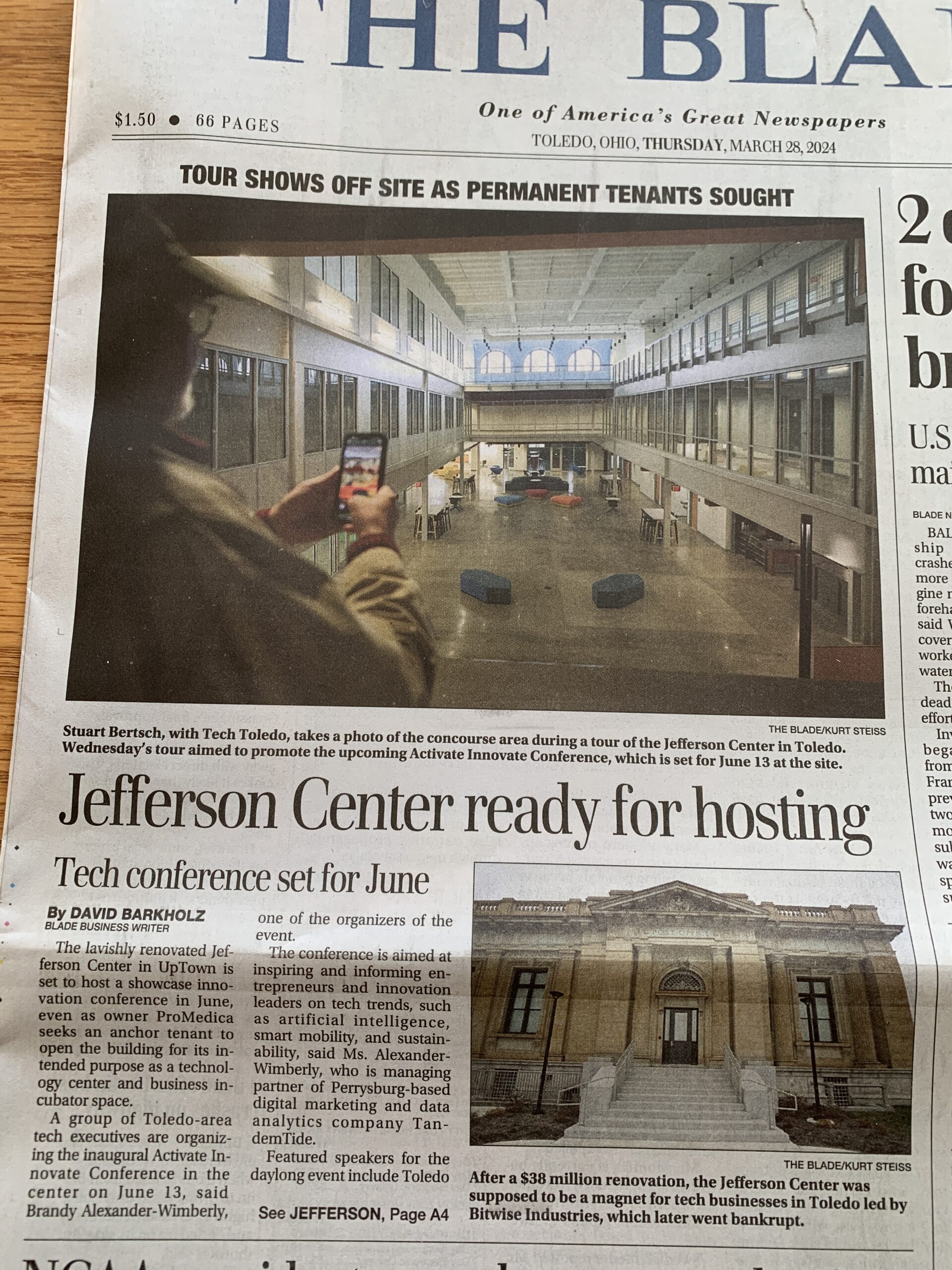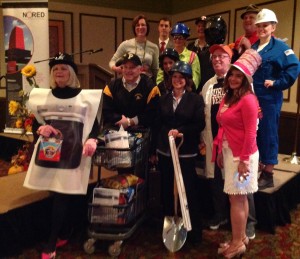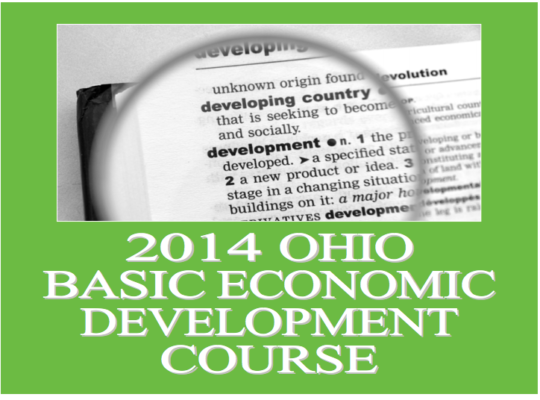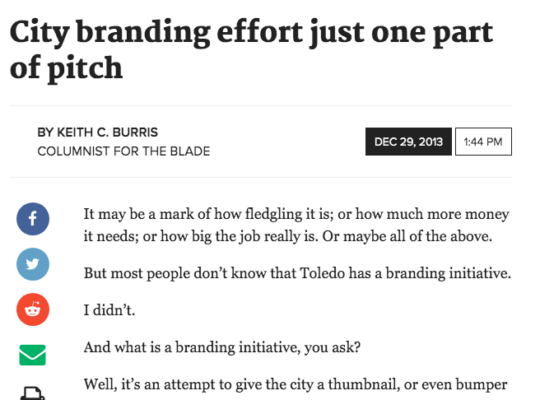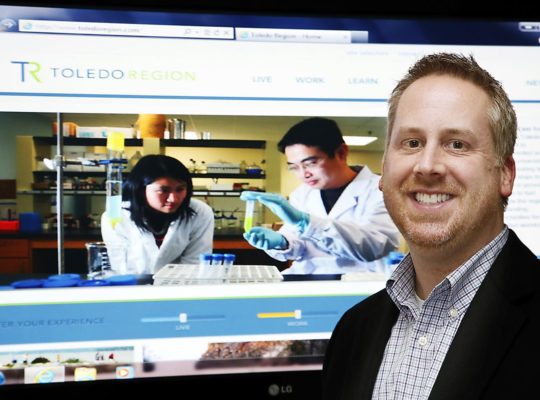This was originally published November 3, 2013 on trep.org. A video of the talk was later released.
I have been wanting to solidify some of my thoughts about the relationship between my specialty, user experience, and economic development. So I proposed a 5-minute talk for the Ignite UX Michigan event, and it was accepted. I presented it on October 24th in Ann Arbor. It was a great crowd: kudos to the organizers.
Below are the slides I put together with my speaking notes. (PDF version.)
It sure is hard to squeeze it all into 20 slides at 15 seconds each, so next time I do something like this, I will get more time.
Speaking notes
- 1. Hi my name is Keith Instone and I am going to talk about economic development. Let’s go!
- 2. I hope to teach you a little about economic development. And to help you see how your UX work can have an economic impact. We can have an impact on our local economy.
- 3. First, a little about me. I have been called a human-computer interaction researcher, a usability specialist, information architect, and user experience lead. I have had a fun 24 years in the profession.
- 4. Over the past few years, I have started a “professional hobby”: hanging out with economic development professionals, talking with them about technology, design, and UX. I am trying to learn how they think and work. I try to help them.
- 5. I feel obligated to show a 3 circle diagram, like many UX colleagues before me. This talk is about 2 things called ED – Experience Design and Economic Development – but not the third thing often called ED.
- 6. I am from the Toledo area and have been involved in economic develop efforts there. But I consider Ann Arbor, Detroit and Toledo in the same economic zone. In the big picture, we are in this together, despite the state line.
- 7. My first foray into economic development was in 2008. Northwest Ohio ED organizations were trying to collaborate and form a Meta-plan. I shared my IBM experience building cross-organizational platforms. And learned about applying UX in a new context.
- 8. My second foray was helping with the Toledo Region branding initiative. It was fun and educational to be involved in the stakeholder research, observe the branding process, and help a little to translate it all into designs.
- 9. I believe I have started to make sense of the audiences in this ecosystem. Site selectors, Entrepreneurs, Tourists, Companies, Residents. Quality of life is an important concept.
- 10. I am starting to see how things relate to each other. How assets like museums and universities contribute to the quality of life, for example. But it is still messy, lots more to learn, especially how each audience thinks and what really motivates them.
- 11. The internet and social media are now crucial aspects of doing economic development right. Secret handshakes, suits and smoke-filled rooms still matter, of course. But ED folks are starting to invest in digital, which helps them understand the importance of UX.
- 12. But we can do a lot more than just help design economic development web sites. We can do more than our typical jobs, like help companies market better or reduce frustration with an intranet. UXers can be DRIVERS of economic activity.
- 13. Get a drink. Catch my breath. Time for 1 question but no time to answer!
- 14. Examples like the rise of Apple helps people see the economic value of what we do, when good design is baked into a company’s DNA. If you want more good jobs, spawn more Steve Jobs.
- 15. It’s not just Apple. Amazon, Starbucks and many more are showing that good experiences are good business. We live in an experience economy now. A revolution is happening. Helping companies compete worldwide on customer experience is economic development.
- 16. It is not just about helping established companies. UX is crucial for startups. A new trend is to have business, tech AND design founders. Venture capitalists are starting to offer design services to companies in their portfolio.
- 17. Rashmi Sinha of Slidshare is 1 example of a design founder. She started Slideshare in 2006. It grew to over 50 employees & was acquired by LinkedIn for $119 million. I have other UX colleagues who are “job creators” – everyone likes job creators.
- 18. By far the #1 limitation I hear from people is the need for more UX talent in the area. We need to develop more UX talent, then keep them here. And recruit more UXers to move here. This event, MidwestUX, IUE are good starts, we need to do more.
- 19. ED is often only about JOBS. But quality of life matters a lot. I have also started hanging out with city, county and urban planners, and architects, who focus on making the place where you have a job worth living in. Tomorrow, I will be at a planning conference, for example.
- 20. Earlier this week, I was at Midwest UX in Grand Rapids. We talked about how physical spaces and digital space relate to each other. The Internet of Things and other things. I am not the only UXer moving in the “space planning” direction.
- 21. Time to wrap up. These are the points I was trying to make. We are at a special time in history to make a difference. Not just a design difference, an economic difference. We can help our local companies, or start our own. We can help plan our communities. We can make this region great (again).
- 22. Thanks!

